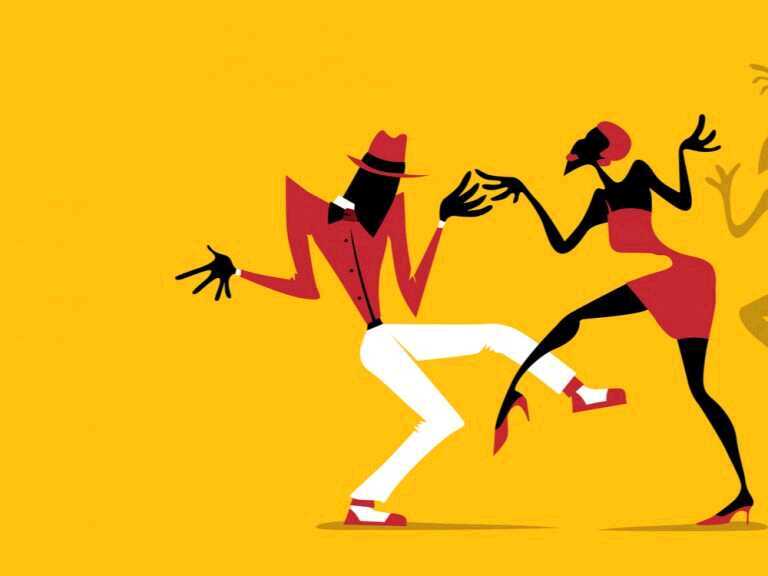
Dancing is a pastime most people enjoy. For some, dance is a literal vocation and for others, dancing is something to whittle the time away while you’re cooking dinner. Either way, dance can be extremely useful for men and women with diabetes if it is treated properly.
Why Dance?
In short, dancing is exercise. The more you get your body moving, the better you are able to regulate weight and blood sugar, the more your body releases endorphins, and the lower your risk is for developing heart disease and other conditions related to obesity, high cholesterol, and similar ailments. Dancing is particularly useful, in that it can be done just about anywhere, with nothing other than a bit of music and some comfortable clothes.
Dancing is also great for exercise because for many, it doesn’t present itself as a grueling, unpleasant task; instead, it acts as a source of fun or entertainment. Making exercise an enjoyable task reduces the risk of foregoing activity or giving up on weight loss or diabetes management goals.
Dancing as Exercise for Diabetes
The manner in which you dance does play a role in the efficacy of it as an exercise form. Although a slow dance certainly gets your body moving, more emphatic, large-scale movements get your heart rate up and your muscles working hard, and will give you more bang for your buck, so to speak, when it comes to exercise.
Despite dance being a wonderful way to get in activity each day, there are some additional precautions that must be taken into account for those with diabetes. The amount of strain involved in your dance should be noted in order to adjust food intake, medication, or insulin. Just as you must account for calories burned in more traditional forms of exercise, you must keep track of your exertion when you use dance as your primary form of exercise.
Additionally, you must pay careful attention to your body as you dance. Dance can cause significant damage to your legs and feet, including torn muscles and bone damage. Because nerve damage is a concern for men and women with diabetes, you should wear appropriate footwear as you dance, and keep a close eye on any sores, aching, or swelling in your feet.
The Final Verdict
Dance is a great way for men and women of all ages to get in their daily dose of exercise. Having diabetes does mean some precautions need to be taken in order to remain safe, but creative movement is a medium every diabetic can and should take advantage of.
ReferencesDiabetes Self Management. Accessed 10/11/17.
Dance Magazine. Accessed 10/11/17.
